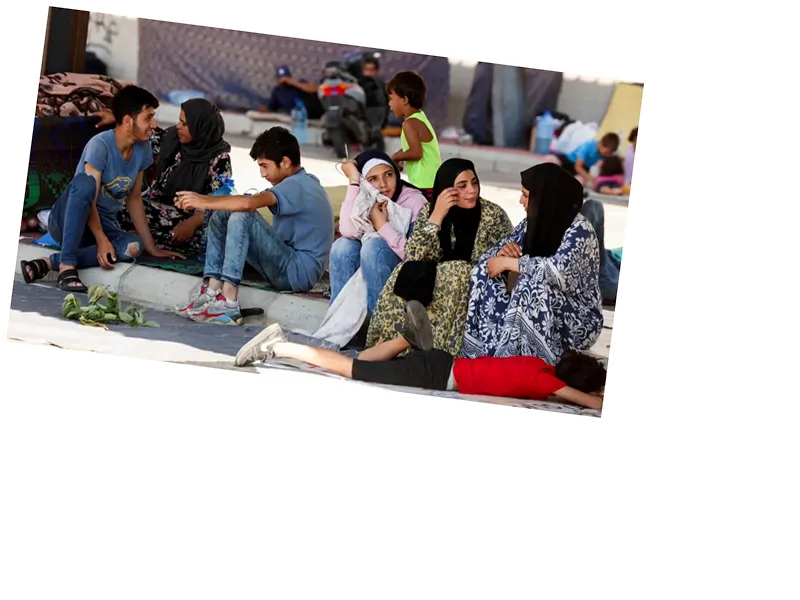Population Surge in Northern Syria: A Humanitarian Crisis
The population in northern Syria, controlled by the opposition, has surged to over 6 million in 2024, according to the Syrian Response Coordinators. This rapid increase, which marks a 24.4% rise from 2023, poses significant humanitarian challenges in a region already grappling with limited resources and a fragile infrastructure. The population density in these areas, which comprise only 10% of Syria's total land, raises urgent questions about the sustainability of living conditions and the potential for future conflicts.
Economic and Social Implications of Population Growth
The influx of internally displaced persons and returning refugees has exacerbated existing economic crises, with 91% of families living below the poverty line and 41% facing hunger. The unemployment rate has soared to over 88%, driven by a lack of investment and job opportunities. The agricultural sector, already strained, struggles to meet the rising demand for food, leading to worsening food insecurity for approximately 3.6 million people. Furthermore, the increase in population density has led to social challenges, including rising crime rates and drug abuse, as well as significant pressure on health and education systems.
Experts emphasize the need for sustainable solutions, including infrastructure rebuilding and economic development, to address the root causes of these crises. They advocate for international support and adherence to political resolutions aimed at establishing a transitional government in Syria.





